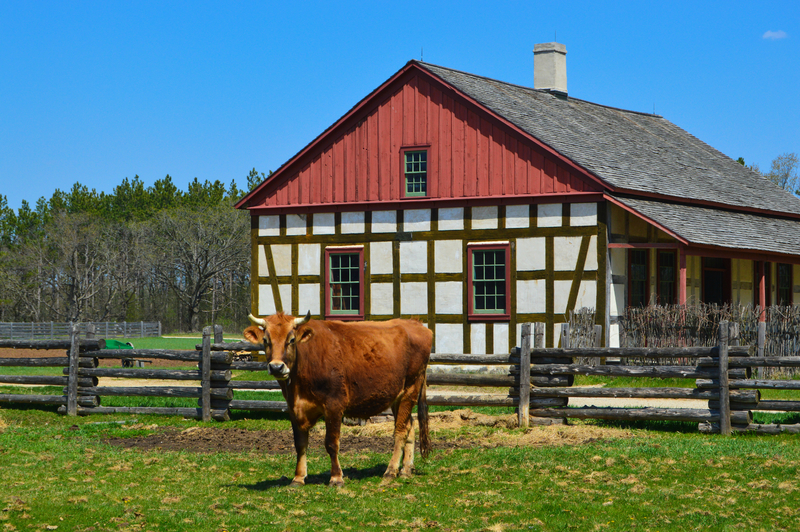It can be intimidating to try something new and tallow is no exception. Since it's not as widely used as other parts of animals, we might shy away from learning about its advantages. Instead, tallow can be valuable for everything from baking to skin care to energy supply. Take a look:
12 Non-Cooking Uses for Tallow
1. Cooking is the most obvious use at our home. Tallow has a high smoke point (420 degrees) making it an excellent oil for frying foods.
2. Skin care – Your grandma and grandpa likely used it to heal cracked, dry hands and as a moisturizer.
Tallow is biologically compatible with our bodies largest organ, our skin. Animal fat contains vitamins A, D, K, and E.
Tallow (especially tallow from grass-fed animals) also contains fats like conjugated linoleic acid (CLA), which has anti-cancer and anti-inflammatory properties, as well as palmitoleic acid, which has natural antimicrobial properties.
3. Lubricate stuff, like the proverbial squeaky wheel.
4. Flux for soldering.
5. Leather conditioner.
6. Soap making. The best shaving bars are made from tallow.
7. Candle making. Can’t make a traditional candle? Improvise by placing tallow in a container with a piece of cotton clothe in emergencies.
8. Biodegradable motor oil.
9. Deer tallow is preferred by German athletes to make a salve to prevent sore skin and blisters.
10. Biodiesel. Tallow can be used like plant-based material to produce diesel.
11. Make your own pemmican.
12. Pastry baking.
13. Lubricate muskets and rifles.
The DiY Rendering Process
Step 1: Trim the grass-fed beef (or other animal fat).
Step 2: Cut into small squares. The smaller the cuts, the more surface area is exposed. I pulled out my meat grinder. Now I just stuff the trimmed fat into the meat grinder and collect it my cast iron pan.
Step 3: Load your cut or ground fat into a pan or cooking container.
Step 4: Heat your pan of fat on low heat. I shoot for 200-250 degrees. I set up in my outdoor kitchen. My turkey fryer is my heat source.
Step 5: Stir the fat occasionally just make sure it doesn’t sick to the bottom of your pan. You’ll notice liquid starting to collect in the pan.
Step 6: Once you notice the fat turning a dark brown, you’re done. Take the pan off the heat and let it cool for a while.
Step 7: Once it’s cooled down a bit, pour the contents through a fine mesh strainer. I’ve stored tallow in wide mouth mason jars. Tallow can be stored in the freezer as well.
Oxidation can cause the tallow to go rancid. To be on the safe side, we store ours in the fridge.
Have you used tallow in any of these ways? Do you have any other unique uses for it?
Article Source: Survival Sherpa

Make it mandatory for Dr to save Fat from liposuction . fat that is no longer supporting a living being , or maybe they are … just as Gross